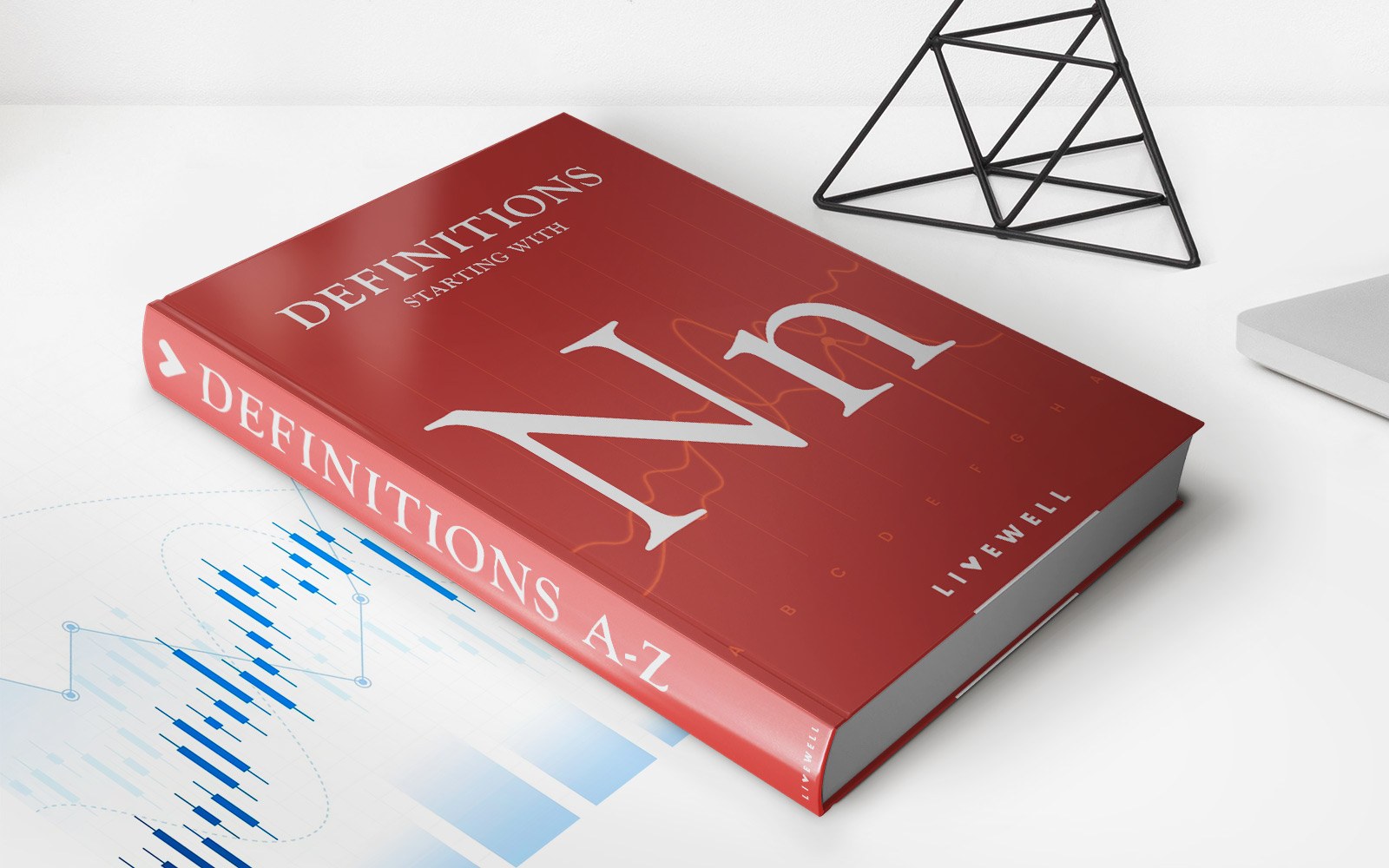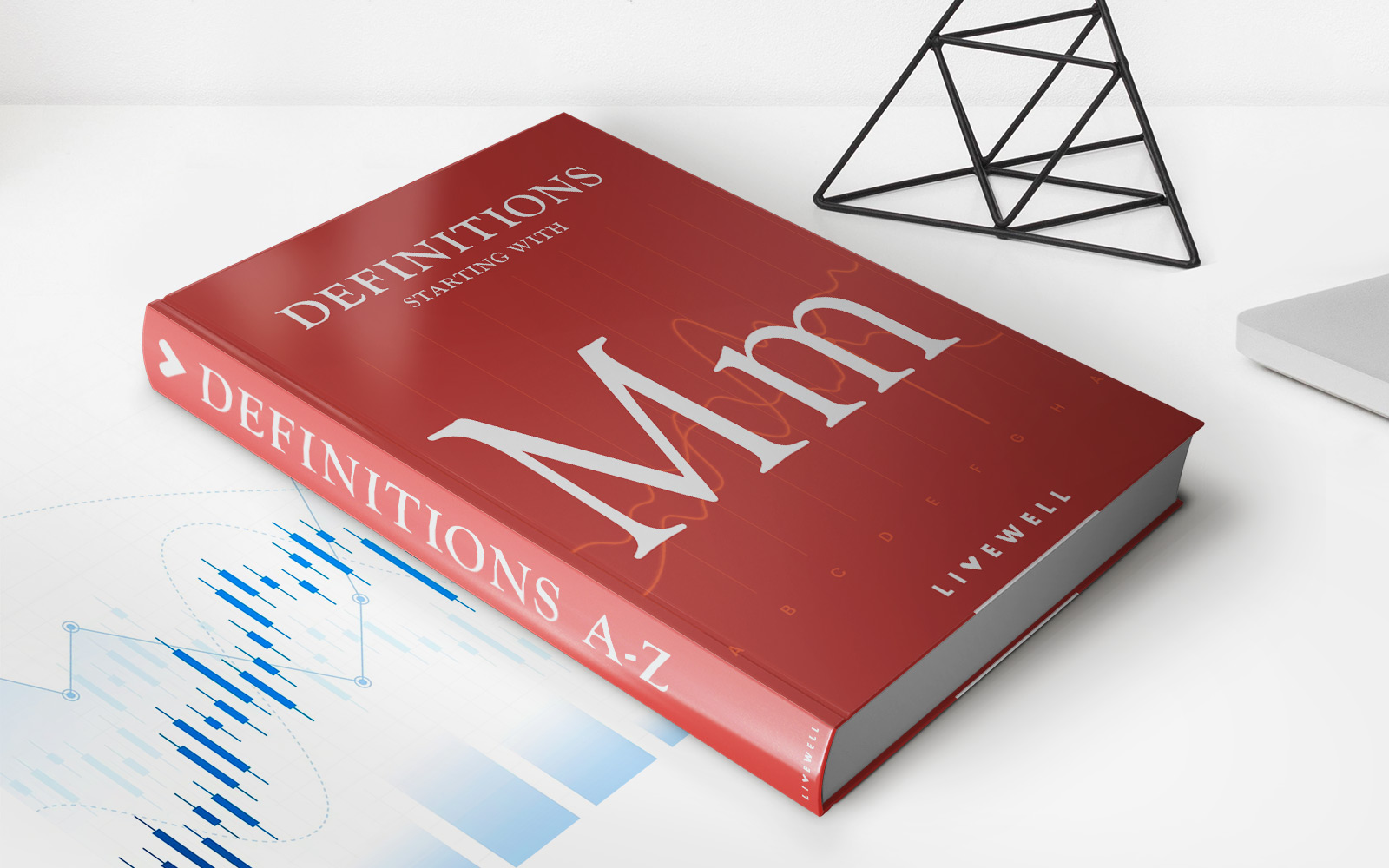Home>Finance>What Is The European Monetary System (EMS)? Definition, History


Finance
What Is The European Monetary System (EMS)? Definition, History
Published: November 19, 2023
Learn about the European Monetary System (EMS) in finance - its definition, history, and significance. Enhance your financial knowledge now!
(Many of the links in this article redirect to a specific reviewed product. Your purchase of these products through affiliate links helps to generate commission for LiveWell, at no extra cost. Learn more)
What Is the European Monetary System (EMS)? Definition, History
When it comes to finance, it’s important to have a clear understanding of various monetary systems to navigate the ever-changing global economy. One such system is the European Monetary System (EMS), which played a pivotal role in the integration of European economies and the establishment of the Eurozone. In this blog post, we will delve into the definition and history of the EMS, providing you with key insights to grasp its significance in the world of finance.
Key Takeaways:
- The European Monetary System (EMS) was a framework established in 1979 to foster economic and monetary cooperation among European Union (EU) member states.
- The EMS aimed to stabilize exchange rates and facilitate the creation of a single currency by coordinating monetary policies and establishing a monetary union within the EU.
The Birth of the European Monetary System
The idea of creating an integrated economic and monetary system in Europe can be traced back to the early post-World War II period. The visionaries at the time believed that close economic collaboration would prevent further conflicts and foster stability and growth in the region. This led to the establishment of the EMS in 1979, which consisted of three major components:
- The Exchange Rate Mechanism (ERM): The ERM aimed to stabilize exchange rates among participating nations by limiting currency fluctuations through a system of fixed and adjustable exchange rate pegs.
- The European Currency Unit (ECU): The ECU served as the unit of account within the EMS and acted as a bridging currency, providing a common reference for exchange rate calculations.
- The European Monetary Cooperation Fund (EMCF): The EMCF played a crucial role in providing financial assistance to member states facing temporary balance of payments difficulties.
Evolution and the Birth of the Euro
Over the years, the EMS underwent several modifications to enhance its effectiveness. One of the significant milestones was the signing of the Maastricht Treaty in 1992, which laid the groundwork for the future euro currency. The treaty established the convergence criteria that member states had to meet to qualify for participating in the monetary union.
Following years of economic convergence and rigorous preparations, the Eurozone came into existence on January 1, 1999. The national currencies of participating countries were fixed against the euro, and the European Central Bank (ECB) assumed responsibility for monetary policy within the Eurozone.
The Impact and Significance of the EMS
The EMS, with its emphasis on stability and coordination, played a crucial role in shaping the European financial landscape. Here are a few key takeaways that highlight the significance of the EMS:
- Facilitated economic integration and trade among member states by creating a stable environment with relatively fixed exchange rates.
- Paved the way for the introduction of the euro as a common currency, which eliminated exchange rate risks and transaction costs within the Eurozone.
- Enhanced cooperation among central banks, fostering monetary stability and reducing the vulnerability of European economies to external shocks.
- Served as a blueprint for other regions aspiring to establish monetary unions, such as the West African Economic and Monetary Union (WAEMU) and the East Caribbean Currency Union (ECCU).
As we reflect on the evolution of the European Monetary System, we can appreciate its immense role in forging economic ties, promoting stability, and ultimately bringing about the establishment of the Eurozone. Understanding the history and significance of the EMS is crucial for comprehending the wider context of the European financial framework and its impact on the global economy.














